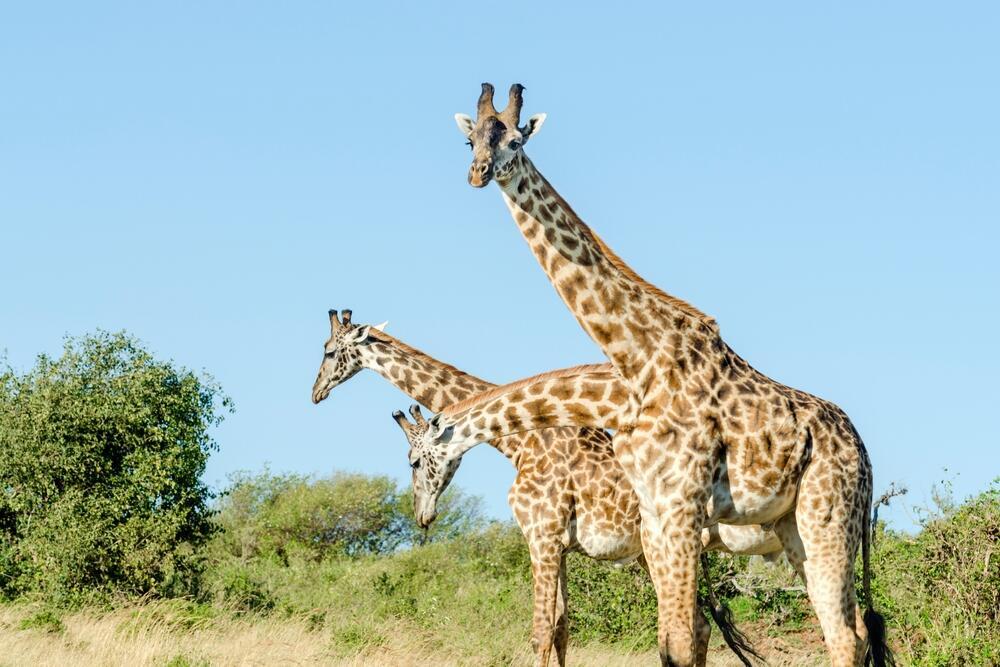A study led by Douglas Cavener, published in the journal Mammalian Biology, challenges the "necks for sex" theory, suggesting that female giraffes, not males, may have driven the evolution of long necks due to their increased nutritional needs during pregnancy and lactation, requiring them to reach leaves deep in tree canopies.
The study analyzed photos of Masai giraffes from the wild and captivity, revealing that females have proportionally longer necks and trunks than males, contrary to the previous belief that males evolved longer necks to compete for mates.
At birth, male and female giraffes have similar body proportions, but these start to differ around three years of age when they reach sexual maturity, with females reaching maturity earlier and developing proportionally longer necks and trunks.
The findings offer new insights into the 150-year-old debate on giraffe neck evolution, potentially supporting the early theories proposed by Charles Darwin and Jean Baptiste Lamarck, who suggested giraffes evolved long necks to reach leaves from trees.
Giraffes have evolved long necks primarily to reach high leaves and nutritious forage deep in trees, driven by competition for food resources millions of years ago, rather than the "necks-for-sex" hypothesis. Giraffes are picky eaters and require longer necks to access the best leaves, as they are selective in their foraging habits.
The study suggests that the evolution of long necks for food-seeking in females may have subsequently led to the evolution of necks for mating purposes in males, causing thickening of male necks for combat and longer front limbs for mating.
There are four distinct species of giraffes and seven subspecies, which have evolved separately for thousands of years, leading to variations in body proportions and neck lengths.
Understanding the behavioral differences between male and female giraffes can aid conservation efforts for endangered species like the Masai giraffe, which faces threats from illegal poaching and human interference.
Researchers use genetic analysis and photographic measurements to study the relationships and physical characteristics of wild giraffe groups.
This article was written in collaboration with Generative AI news company Alchemiq
Sources: Daily Mail, Business Insider, Earth.com, interez.sk, techno-science.net, psu.edu.


